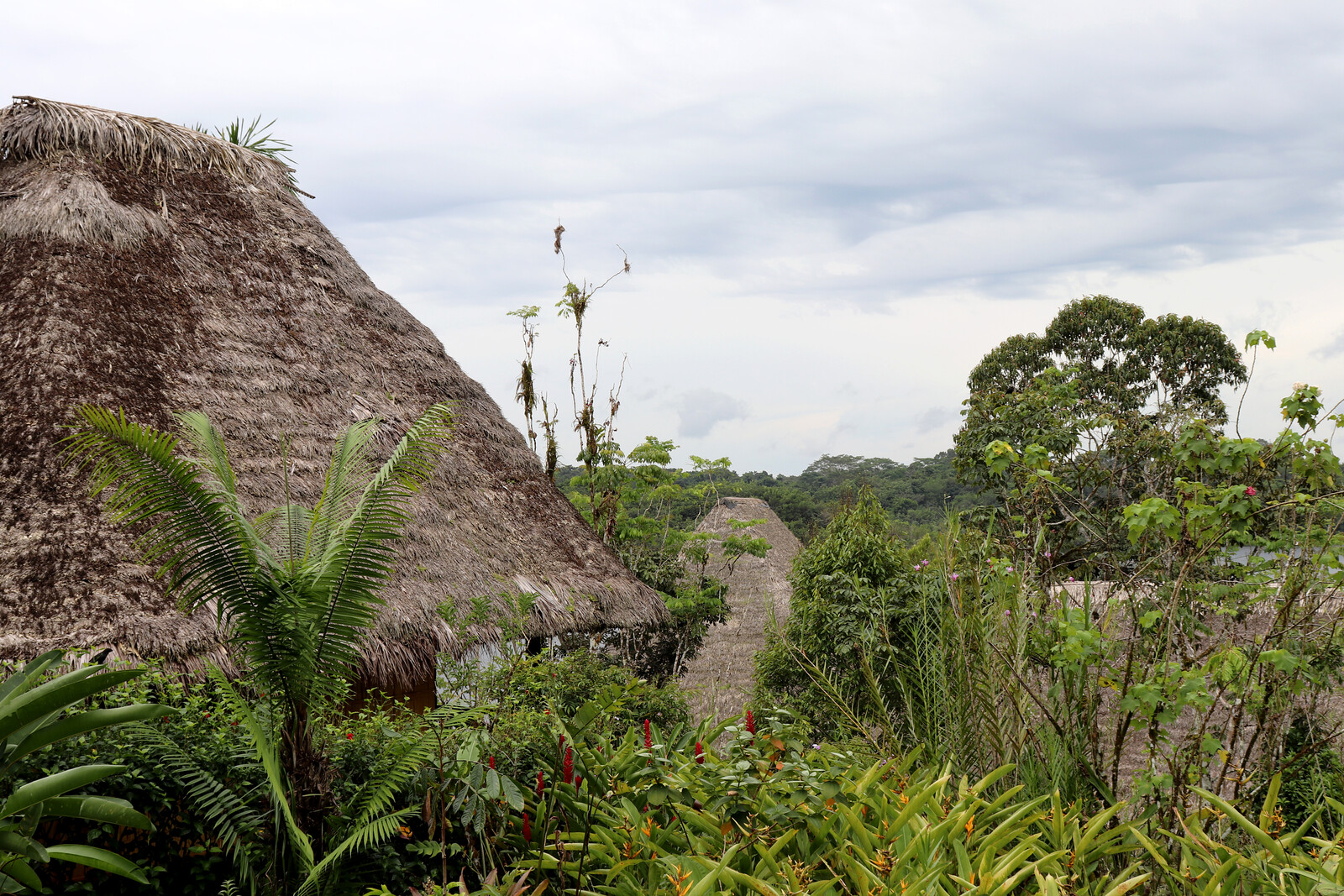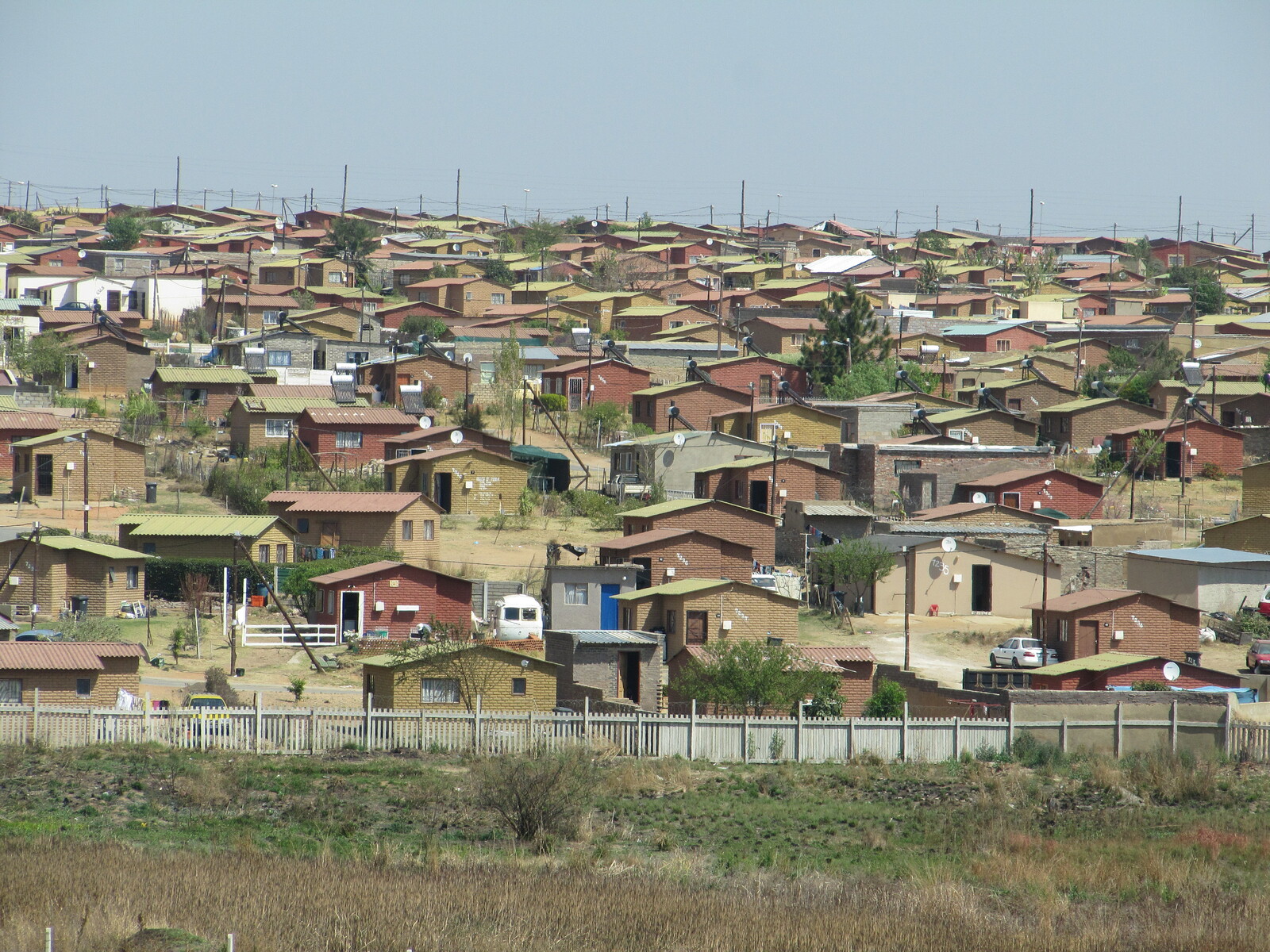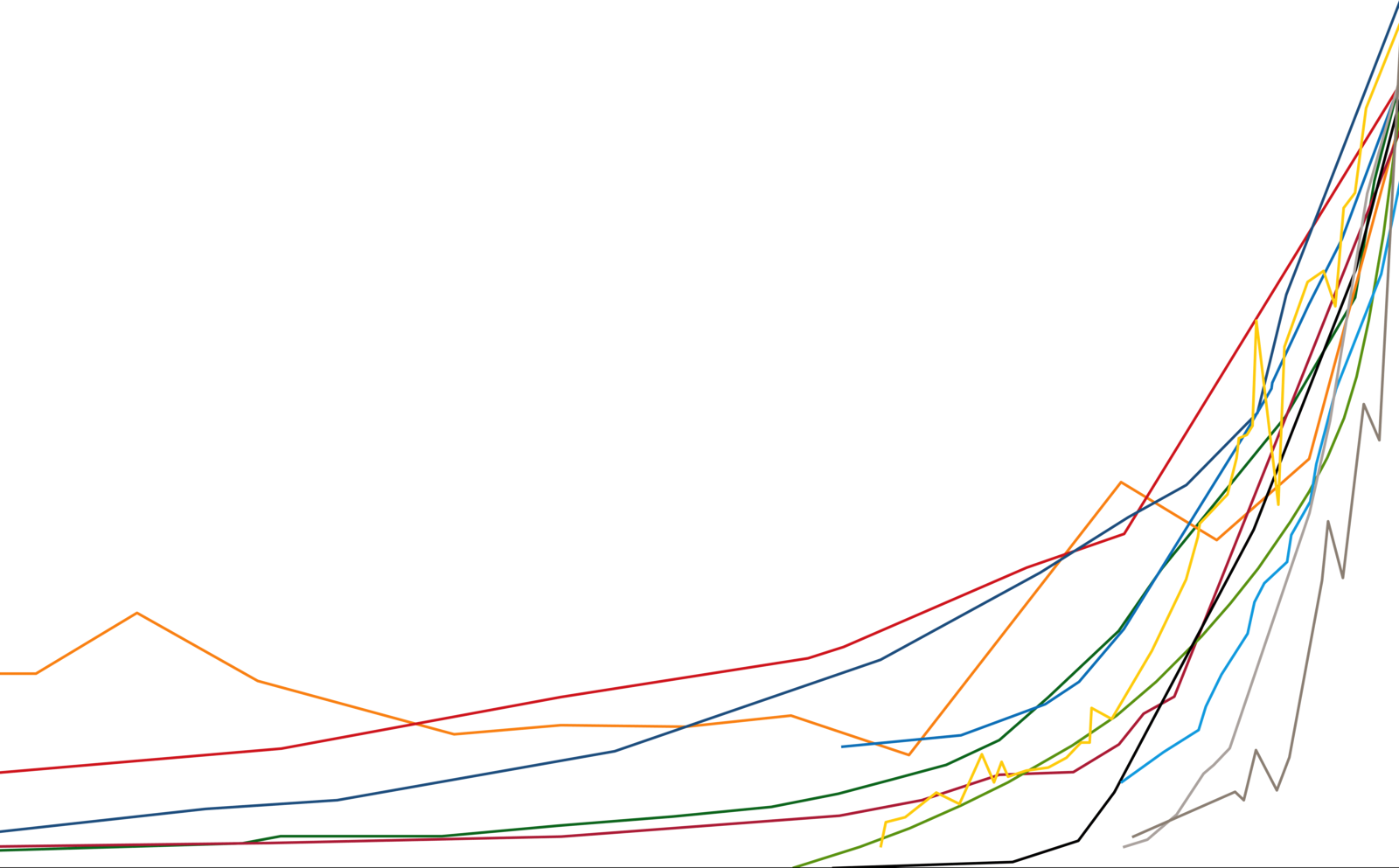A strange mania governs the working class of all countries in which capitalist civilization rules, a mania that results in the individual and collective misery that prevails in modern society. This is the love of work, the furious mania for work, extending to the exhaustion of the individual and his descendants. The parsons, the political economists, and the moralists, instead of contending against this mental aberration, have canonized work.
—Paul Lafargue, “The right to be lazy,” 1904
Paul Lafargue’s call from more than a century ago for a resistance against “the furious mania of work” seems today more urgent than ever. Tightly wrought up with the impetus for degrowth—countering the incessant depletion of resources inherent to notions of “development”—to challenge work is to challenge the very foundations of society. It would mean everything must change, from language to habits and mind-sets—a process imbued with paradoxes, tensions, and ethical conflicts that takes enormous effort. In architecture, this challenge runs into confrontation with the very foundations of the discipline, understood as a practice that encompasses “work” in at least three overlapping registers: in terms of labor (professional values); in terms of experience, art and aesthetics (architectural values); and in terms of how buildings work (their utility, performative, or functional values). Questioning what architects “do” and what finally counts as architecture can thus be seen as elements of a degrowth machine—one that is willfully dysfunctional and unproductive in order to radicalize the practice from within.
But rethinking work is also to rethink wealth, and thus the notion of spending. In Giacomo D’Alisa, Federico Demaria, and Giorgios Kallis’s Degrowth: A Vocabulary for a New Era, spending (dépense) is brought forth as a revolutionary concept, not in terms of individual spending or consumption but as a radically collective expenditure. This “collective spending” is dependent on the overthrow of the capitalistic system whereby foundational notions of growth, work, and value are thoroughly reorganized: “dépense [is to] ‘burn’ capital and take it out of the sphere of circulation, slowing it down.” How can we think about such spending and burning in relation to architecture, insisting on critique as an essentially creative category—something that brings forth new opportunities, rather than simply (again and again) burning down the house? If commodification is key for the current paradigm of growth, to resist and to critique is also to remember what came before.
In the early Swedish Keynesian welfare state, a political will of “de-commodification” had the effect of slowing down capital for a while. Notions of de-commodification and social rights were interlaced as instruments to “permit people to make their living standards independent of pure market forces.”1 Pockets and folds of non-markets were created for certain elements, such as housing, health care, and education, that were removed from the sphere of capital circulation and “burned out.” These folds in capitalism were pockets of “outsides” adjacent to the structurally “other” non-marketized spheres that Nancy Fraser (following Marx) refers to as capitalism’s “background conditions of possibility”: the realms of politics, natural resources, and social reproduction.2
Famously defined as “trivial” by Marx, the commodity transcends sensuousness. Using the table as an example, he states that “it not only stands with its feet on the ground, but, in relation to all other commodities, it stands on its head, and evolves out of its wooden brain grotesque ideas, far more wonderful than if it were to begin dancing of its own free will.”3 Repressing these ”grotesque ideas” and the strong affections they evoke in the individual was of primary importance for the strategies employed by the early welfare state. In Could we afford to work? (1932) and The General Theory of Employment, Interest and Money (1936), both Ernst Wigforss and Johan Maynard Keynes respectively addressed saving as potentially unsound: in representing the will to become rich, it carried the seed of hedonistic consumption that affirmed the commodity “standing on its head.” Conversely, the “reasonable consumerism” they regarded as central for the democratization of society was to be established by rational means through regulation, aiming to domesticate the deep desires of the unconscious. The contemporaneous feminist writer and activist Elin Wägner, however, took a different approach: it was when “the worker’s wife slams her fist on the table and says that she wants two rooms and a kitchen, then there is a revolution.” Arguing for the revolutionary power of collective spending, speaking to desire rather than rationality, Elin Wägner could be seen as an early “degrowther.”
The upheaval of the “Swedish model,” which emerged as a critique of late-modernism in the mid 1970s and came into full effect in the early 1990s, was essentially carried out through a series of deregulations. Deregulations served to erase the borders between marketized and non-marketized spheres, making the provisions of public and private goods collapse into one and the same space of capital circulation. If the de-commodification of the housing sector during the early stage of the welfare state had carried the elements of a social revolution, the same sector’s reorganization in 1991 was equally revolutionary, albeit from a different vantage point. The difference between the governmental report Solidarity housing policy (1974) and A deregulated market (1992) is that of an absolute and wayward turn.
Implemented as a control system across public sectors, deregulations came with a new understanding of public good, forged on a conception of the individual in relation to market forces. Operating to establish a new social contract or “trust,” citizens were addressed as consumers assigned with the responsibility of rational economic behavior in assessing and choosing goods on markets for housing, health care and education. If the welfare system of regulations had served as a strategy to fulfil the needs of consumers, the calls for their dismantling in the 1990s were based on the argument that “client demand” would put pressure on public producers or providers and act directly in the market. This meant a redefinition of housing, from a basic human right into an object of desire.
Subjecting “everything” to market laws was based on a neutral understanding of neoliberal economics and the “naturalization” of the free market. Used in the service of an entity beyond human rationality—an atemporal and mythical force—deregulations were thus instrumental in what was allegedly an inevitable process of Hegelian proportions. Pockets were sewn shut and folds were drawn into the market’s presumably self-ordering system, seen as carrying an intelligence beyond human might; an autonomous system for processing information that, if anything, needed to be protected from human meddling. Highly symptomatic for this “naturalization” is how the Swedish political climate underwent a general “turn to the Right” during the 1980s, transgressing conventional distinctions between left and right politics. Scholars of the shift from governmentality to governance in Sweden point to how the socially engineered welfare state had found itself at a “dead end” already in the mid-1970’s stagflation crisis.4 The implementation of the systemic shift announced by the center-right government that came to power in 1991 is seen as the outcome of “more than a decade of failed attempts at finding ways to restore economic progress” carried out by the so-called Third Way economic policies introduced by the Social Democrats in the 1980s.5
The deregulation of Sweden’s financial market in 1985 led to a boom in the Swedish building industry, making the 1980s “a golden epoch for architects … but not necessarily for architecture,” as one leading critic had it.6 In Architecture in Sweden 1984-89, an overview published in 1989, this “unprecedented spate of building” is shown as being driven by private developers, accompanied with a stark decrease in public investment. In his introduction, the editor points to the dismantling of the private sector, the rise of individualism, increasing polarization, gentrification, and segregation (“with the poor remaining poor and the rich getting all the richer”) as evidence for the Swedish model in crisis. As the capacity of the public sector was being called into question, many of the fundamental notions underlying architecture and social development were seen to be under threat.7
Viewed through the lens of bio-politics, however, these threats may be seen as parallel to—if not aligned with—the neoliberal ideological shift that has displaced architecture’s legitimacy as a social tool more universally.8 As processes of deregulation “liberated” architecture from being an object of political will—a series of techniques employed by the welfare state—to a market commodity, control , or regulation itself is not ceased, but rather displaced with regards to who, or what exerts it. The market is now the sine qua non of architecture, the ultimate proof and guarantee that defines the meaning of both work and value measured through customer preferences.
Reassessing postmodernism’s relation to capitalism as an epistemic shift—a process whereby certain words and ideas suddenly become unsayable and unthinkable—Reinhold Martin makes the observation that “architecture’s participation in heterogeneous networks of power … actually increases with its withdrawal into private games played in an esoteric language”.9 Architecture’s preoccupation with notions of autonomy and its own formal terms can therefore never be seen as a retreat from worldly politics, but is rather symptomatic for how transformations in capitalism are processes that largely go on behind the architect’s back. While deregulations operated as means to commodify architecture, Swedish architectural discourse at the time seemed mostly concerned with issues of style, form, and meaning. Paradoxically, it seems that the defense of “eternal” values was never as loud, articulate, or blind as when the socio-political basis for architectural construction was thoroughly transformed.
Regulations constitute the core of how and where architectural wealth is spent, thereby framing its notion of value. And, as Mariana Mazzucati reminds us, value production depends on value extraction (i.e. the exploitation of resources, from manual and affective labor to raw materials and experiences), and that every making is also a form of taking. Countering the hegemonic economic interpretation of value as calculable, fluctuating, and in the singular, researchers in the emerging multidisciplinary field of valuation studies are increasingly addressing valuation as a social practice, including its preconditions, execution and consequences. Situated at the “frontline of capital,” architecture is one such valuation practice.
Architects are constantly preoccupied with values—assessing, devising, claiming, tinkering with, and manipulating them—in all conflations of the term. Much as with the politico-aesthetic complex of “work,” the significance of these valuation practices brings to the fore how the phenomenology of the commodity remains crucially important. Yet processes of valuation and commodification in architecture have only recently emerged as objects of study; a field of research that carries all the mysteries of transversality.10 Spanning a range of issues—professional ethics and entrepreneurial games, patterns of labor and the creative industries, policies on housing and planning, lifestyle choices and mediatization, speculation and forms of finance, just to name a few—researching such processes means making connections across its registers, covering issues earmarked by other disciplines that nevertheless are entwined in the nebulous assemblage of “architecture.”
Degrowth, therefore, implores a series of questions that cut to the core of the architectural discipline. For us to consider from whence our resources are extracted, for what, and for whom, the kind of questions we must ask ourselves are: what are the effects of our valuation practices, what counts as work, and to what ends? Acts of remembrance are vital for us being able to not only ask such questions, but to also set forth new imaginaries of what could be the answers. Critical historiography has the capacity to bring out historical relations of violence, countering the “naturalization” of the market, and disrupting the false harmony between economics and society. By scrutinizing the terms for how a political imaginary beyond commodification lost its relevance, we can remember how pockets and folds in capitalism were once objects of political will.
Moments of deregulations are moments when an ideology of incessant growth takes over all sectors of life and politics. Returning to those moments allows us to inquire into other ways of organizing life and architecture while remaining within the sphere of the possible. Through acts of remembrance, we have the opportunity to rewrite the present through the past whereby the pockets and folds of non-markets established in the earlier welfare state come into view as worlds of a new becoming. These pockets carry the potential for new political imaginaries where ideas of degrowth reorganize the very essence of the architectural assemblage and its social impacts. These landscapes of possibilities are constructed through desires of collective spending—dépense—rather than through the grotesque ideas of the wooden brain.
Gøsta Esping-Andersen, The Three Worlds of Welfare Capitalism (Cambridge: Polity Press, 1990), 21.
Nancy Fraser, “Behind Marx’s Hidden Abode: For an Expanded Conception of Capitalism,” New Left Review 86 (2014).
Karl Marx, Capital, vol. 1, trans. Ben Fowkes (London: Penguin, 1976), 164.
Bengt Larsson, Martin Letell, and Håkan Thörn, “Transformations of the Swedish Welfare State: Social Engineering, Governance and Governmentality: an introduction,” in Bengt Larsson, Martin Letell, and Håkan Thörn eds., Transformations of the Swedish Welfare State: From Social Engineering to Governance? (Palgrave Macmillan, 2012), 3.
Ibid., 7.
Olof Hultin, “Architecture in Sweden 1984-89,” in Olof Hultin ed., Architecture in Sweden 1984-89 (Stockholm: Arkitektur Förlag, 1989), 7.
Ibid., 7–8.
Sven-Olov Wallenstein, op cit. 21, 24-25, 74-75.
Reinhold Martin, op cit, xiv.
See Judith O’Callaghan, “Architecture as Commodity, Architects as Cultural Intermediaries: A Case Study,” Architecture and Culture 5, 2 (2017): 221–240, and other articles in this themed issue on architecture and capitalism.
Overgrowth is a collaboration between e-flux Architecture and the Oslo Architecture Triennale within the context of its 2019 edition, and is supported by the Nordic Culture Fond and the Nordic Culture Point.









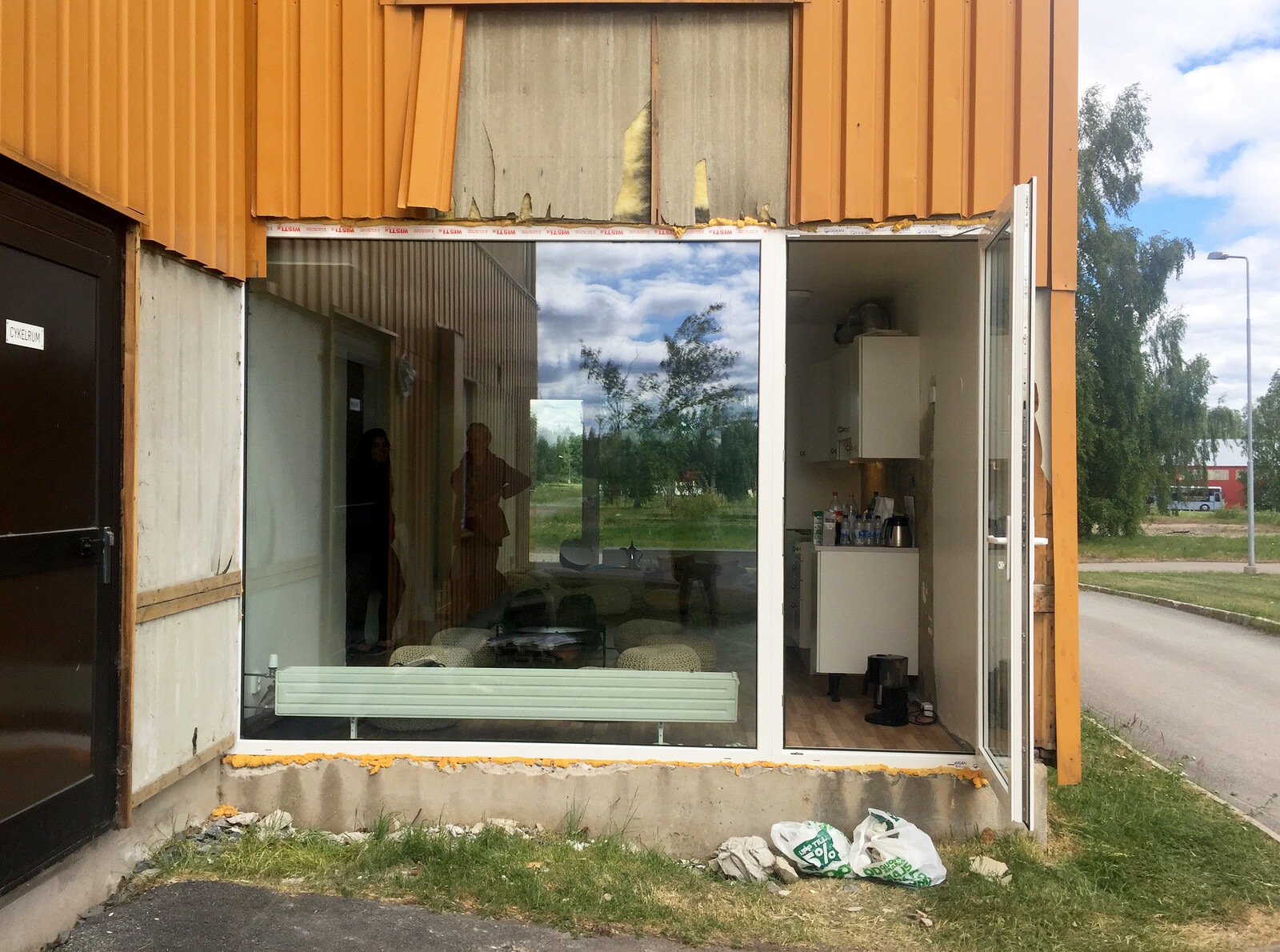


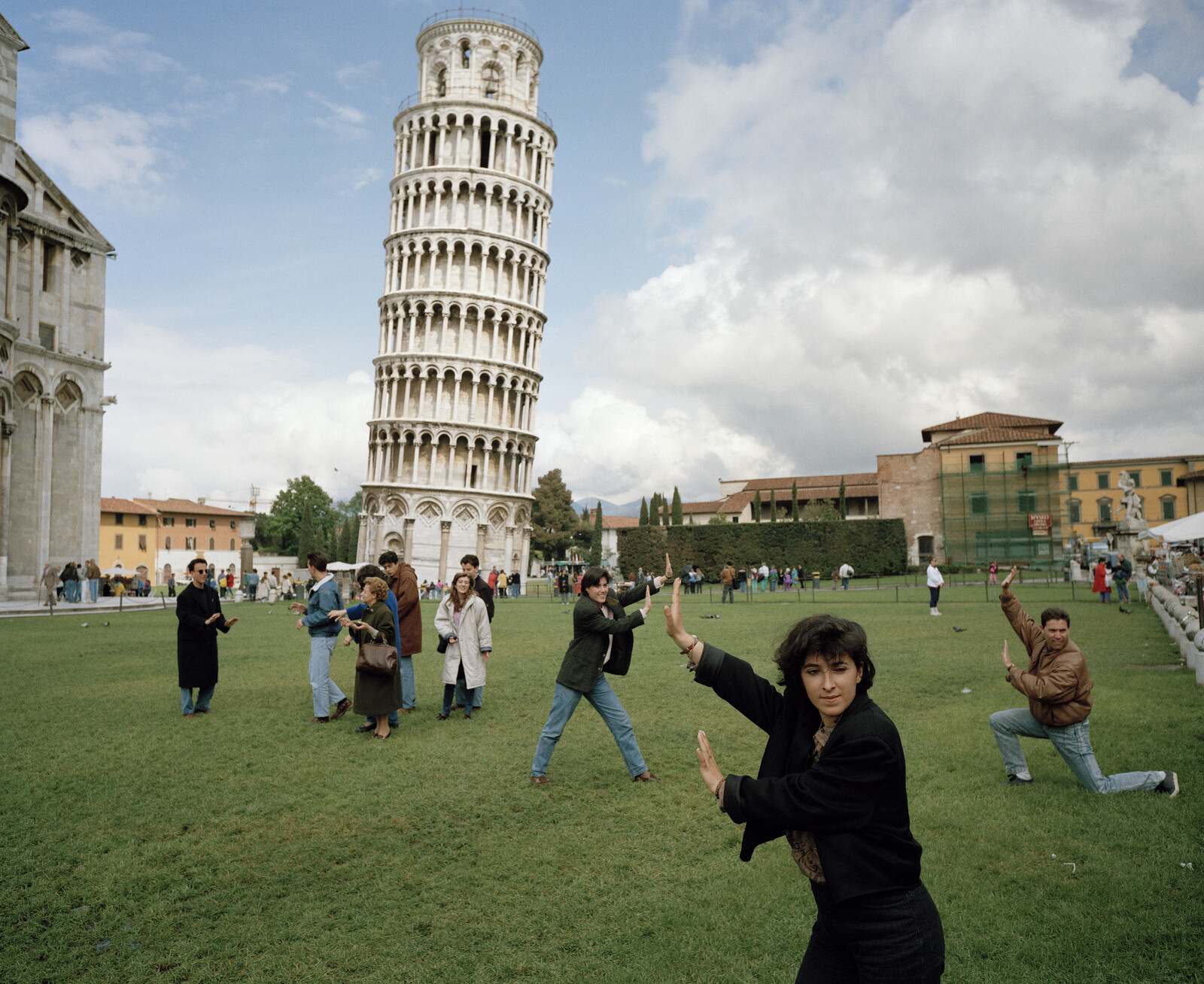

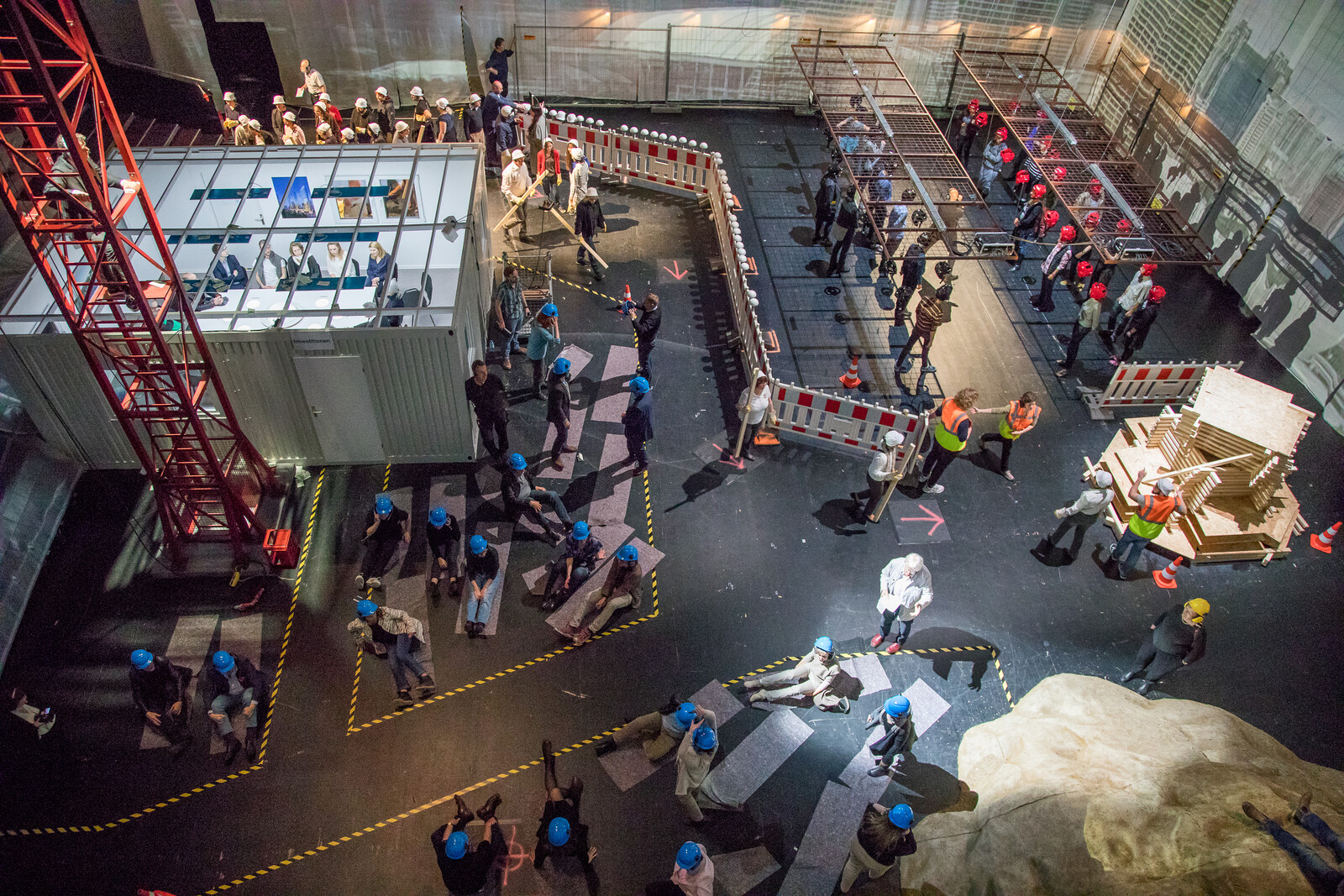

.jpg,1600)

.jpg,1600)
